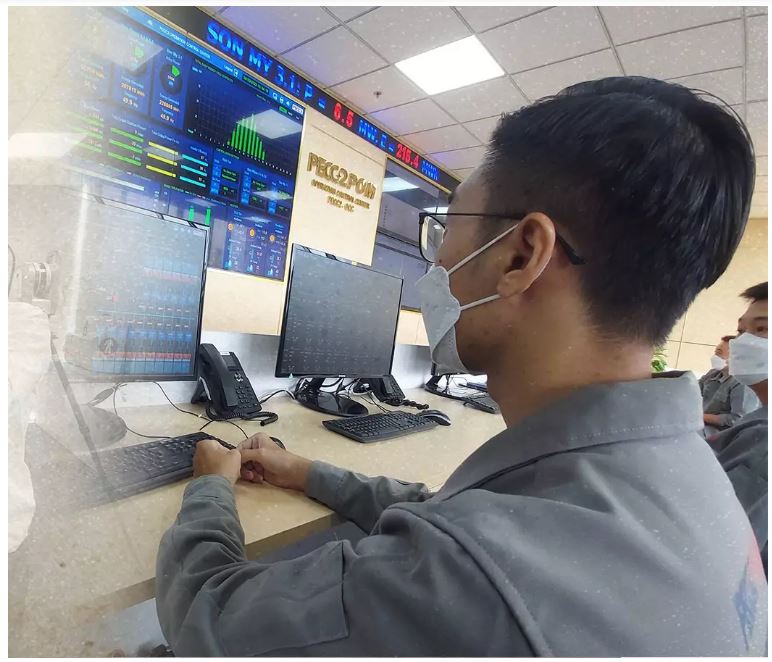Where is the Vietnamese economy on the world map?
Vietnam’s GDP growth has shown signs of slowing down, with the growth rate of 7%/year not achieved for many years now. Vietnam faces the risk of falling into the middle-income trap.
“Where is Vietnam economically?” is a question raised by the research team of Dr. Tran Tho Dat, former Rector of the National Economics University. To answer that question, Dr. Dat made a series of comparisons of countries with the same starting point as Vietnam.
From 1991 to 2021, the average GDP growth rate of Vietnam reached 6.57%/year, which was high and stable compared to the world. The economic scale of 2021 was approximately $365 billion, among the top 40 largest economies in the world while per capita GDP in 2021 reached $3,710 USD, 2.4 times higher than 2011.
In the past 40-50 years, Vietnam has never experienced yearly negative growth. However, according to this expert, Vietnam’s growth is fast but not enough, and the efficiency and competitiveness of the economy are still worrying. Compared with developed countries and countries in the region, Vietnam is still far behind.
Vietnam’s GDP growth has shown signs of slowing down, with the growth rate of 7%/year not achieved for many years now. Vietnam faces the risk of falling into the middle-income trap.
The goal of “escaping from the middle-income trap” is very difficult. In 2019, the World Bank divided more than 200 countries and territories into 4 income levels: 29 poor countries, 83 high-income countries, and 106 middle-income countries.
Today, all countries, regardless of political system, are trying to become rich and powerful. The race to industrialization for poor countries started after 1945, but after 75 years, a few new industrial economies such as Israel, Korea, Taiwan, Singapore, Hong Kong… have appeared. Asian economies overcame the middle-income trap raising GDP growth rate to 8.2 – 10.5%/year for five to nine consecutive years.
Dr. Dang Kim Son, former director of the Institute of Policy and Strategy for Agriculture and Rural Development, said that Vietnam’s race is difficult because the growth rate is much lower. At the peak of economic innovation, there was only 19 years of growth rate of over 7%/year (1989-2007). After reaching the low middle income level in 2010, the growth rate has slowed down gradually. Clearly, the old growth model that has persisted until now has not allowed the Vietnamese economy to make the necessary breakthrough to overcome the middle-income trap.
It is estimated that with an average GDP per capita growth of 7% or more, Vietnam can catch up with average countries in Southeast Asia such as Thailand or Malaysia. In order to catch up with China, Vietnam must grow at 10.48%, and to be on par with South Korea, it must achieve a growth rate of 11.08% in the next 30 years.
To achieve these growth rates, Vietnam must change its growth model.
According to Dr. Dat, one of the new growth drivers to aim for is the digital economy. Experts said that if digital technologies develop strongly and are widely applied to a high degree in all fields, Vietnam’s GDP can increase by about $169 billion by 2045.
Luong Bang
Source: https://vietnamnet.vn/en/where-is-the-vietnamese-economy-on-the-world-map-2027686.html


 English
English




